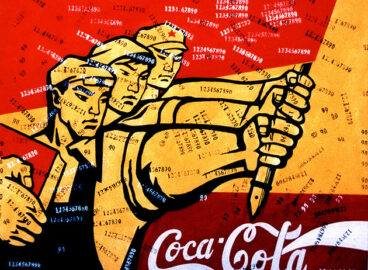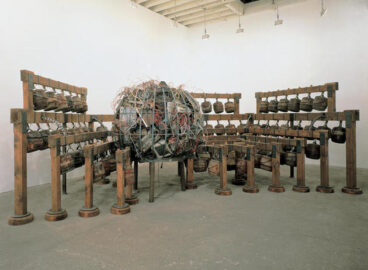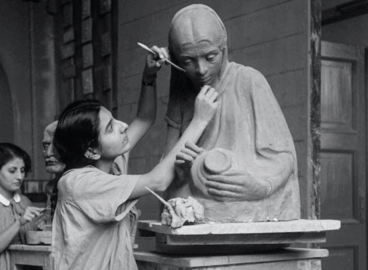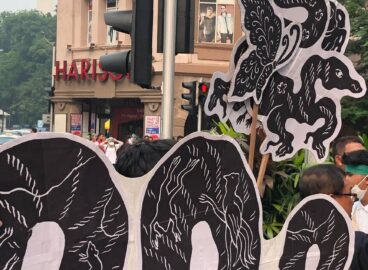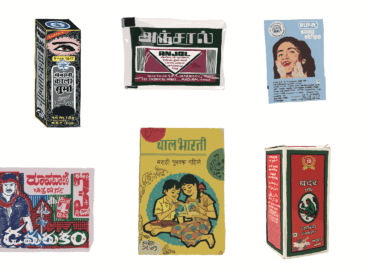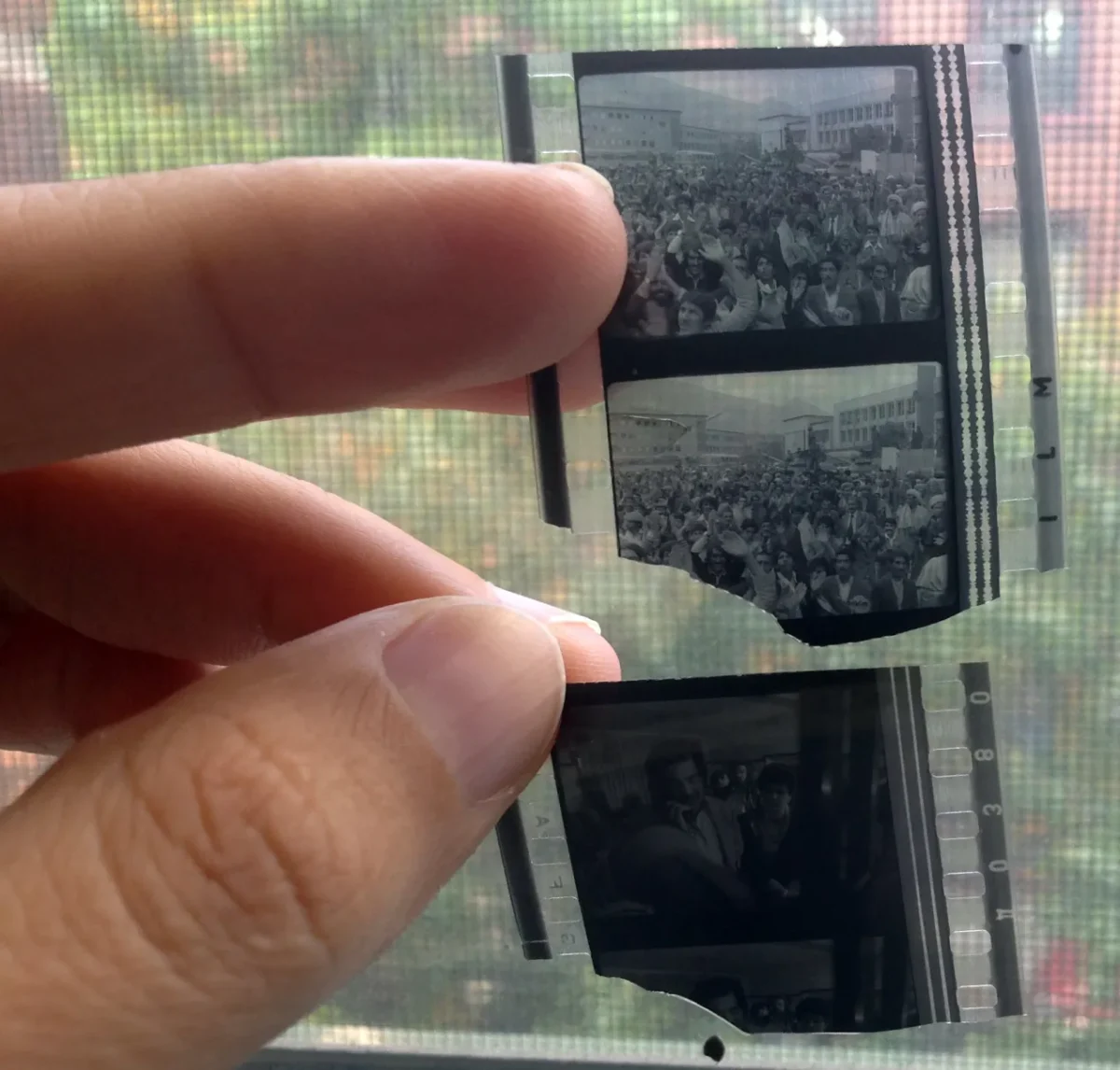
Since the 1950s, there has been an active production of experimental film, animation, and video art in Asia. Yet, much of this work has not been consistently conserved or shared with the public due to the lack of accessible archives or organized collections dedicated to its preservation and dissemination.
The conference “The Archival Impulse: Collecting and Conserving the Moving Image in Asia” took place on September 10, 2015 in the The Celeste Bartos Theater at the Museum of Modern Art. Co-organized by Asia Art Archive in America, Collaborative Cataloging Japan, and MoMA’s Contemporary and Modern Art Perspectives (C-MAP), it brought together archiving initiatives that have emerged in recent years across Asia, presenting an opportunity to rethink and share methods, philosophies, and challenges to archiving moving image and time-based media works. The event is divided into three panels.
In the first panel Developing Collections, Hiroko Tasaka, Farah Wardani, Fang Lu, and moderator Stuart Comer introduce collection strategies and compare archiving techniques at their respective organizations in Japan, Singapore, China, and New York. Keeping in mind the different regional contexts, the panel will explore the following issues: What was the impetus behind the development of these collections? What are the urgencies to which these collections respond? How do these collections expand upon existing art historical narratives? Complicating these questions is the complex nature of moving image and media works, which often blurs the boundary between disciplines and requires ongoing reevaluation of the organizational categories within institutions. Hiroko Tasaka introduces the collecting practice at the Tokyo Metropolitan Museum of Photography, covering 19th century film and film production, film history of Japan and Asia, and international artists of today. Recognizing the discontinuities and missing links in the field of Southeast Asian art historiography, Farah Wardani discusses the collection strategies taken at the National Gallery Singapore Resource Centre, where she serves as Assistant Director. Fang Lu talks about how Video Bureau, an artist-run video archive founded in 2012, structures the archival process, and how this project is situated in the Chinese contemporary art world.
Archiving is never just about collecting and safeguarding materials; it is also about how to share and circulate these materials, and bring them into a rhizomatic network of knowledge. With the rise of digital modes of access, archiving initiatives are faced with a plentitude of possibilities, as well as new challenges, such as the privatization and commodification of information. In the second panel, Opening the Digital Vault, archivists Sen Uesaki, David Smith, Alf Chang, and moderator Ben Fino-Radin explore the transition from a static physical archive to a digital infrastructure that is open, nonlinear, web-like, and constantly evolving. They will also share their experience in emerging technologies, examining different ways to effectively digest, preserve, and distribute media works in the digital age. Taking a cue from the discussions on collecting practices in the first panel, Sen Uesaki reexamines the physical and digital natures of archival and artistic material by questioning its physical existence in the first place, exploring its function as information. David Smith discusses Asia Art Archive’s digital presence and the motivations behind its current restructuring efforts, looking at the relationship between the archivist, the collections, and the public. Alf Chang will introduce the history and archive of ETAT, an ongoing experiment started from 1995 to create an autonomous platform for sharing, interaction, and preservation.
In the third panel, Transforming Stories, Mariam Ghani, Go Hirasawa, Huang Chien-Hung, and moderator Jane DeBevoise discuss research projects that develop out of archival materials. Pointing to diverse sources of information, from personal archives to commercial and state-sponsored media production, these projects represent efforts to expand and add nuance to ways of thinking about history, politics, and collective memory. Mariam Ghani will present What we left unfinished, a long-term research, film, and dialogue project centered around five unfinished films commissioned, produced, and canceled by various iterations of the Afghan state. Go Hirasawa introduces his research, preservation, and curatorial projects focusing on two Japanese filmmakers—Masao Adachi and Motoharu Jonouchi—in order to examine how established narratives about certain works or artists may be reconsidered and reconstructed. Huang Chien-Hung presents Liu Asio’s documentary project that traces the life of an anti-communist hero, proposing a possibility to think of a topological Asia, an Asia not based on geography, nations, or races, but on interrelations between events, media, persons and the production of images.
